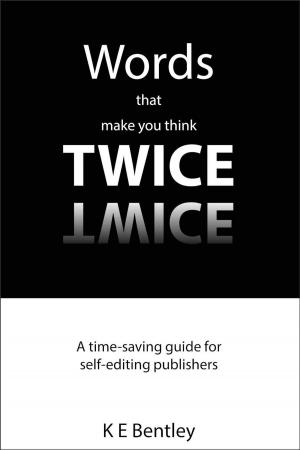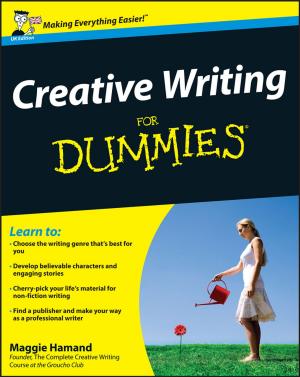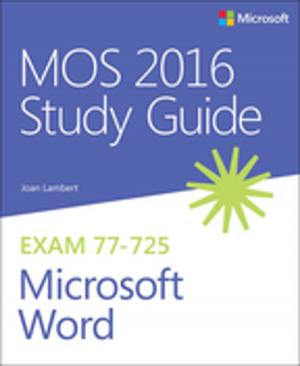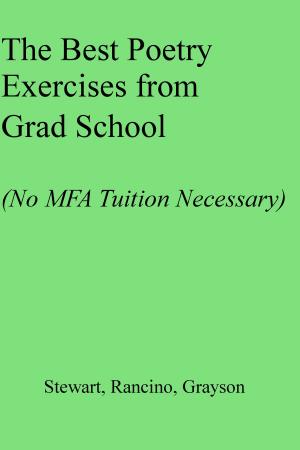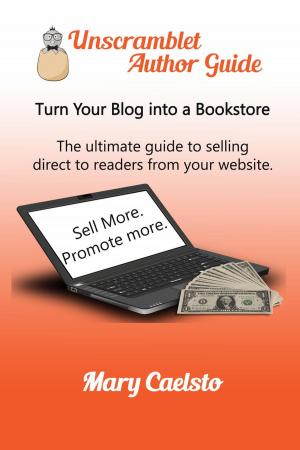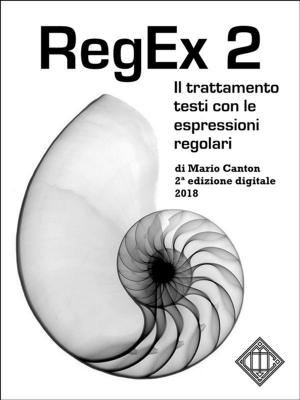Name Your Book: 94 Nonfiction Title Tips
Business & Finance, Business Reference, Business Writing, Nonfiction, Reference & Language, Language Arts, Writing & Publishing, Publishing| Author: | Claudia Gere | ISBN: | 9780974399560 |
| Publisher: | Claudia Gere | Publication: | April 16, 2013 |
| Imprint: | Smashwords Edition | Language: | English |
| Author: | Claudia Gere |
| ISBN: | 9780974399560 |
| Publisher: | Claudia Gere |
| Publication: | April 16, 2013 |
| Imprint: | Smashwords Edition |
| Language: | English |
Coming up with a good title is one of the most important, and often most challenging, aspects of finishing a book. Name Your Book gives you 94 tips, ideas, and examples to propel your imagination and take you one step closer to finding the best seller title for your book. From successful title formulas that make naming easy to powerful words that compel action, there are many, many different ways to name a book.
Tips 1 through 16 set the groundwork for naming your book, from knowing the purpose of a title to creating lists of keywords to help you find the perfect expression for yours. Tips 17 through 28 describe what makes a title great. These are characteristics that differentiate ordinary titles from those on the bestseller list. One of the most common tactics for the bestsellers is motivating people to buy, for example, Tip 31, Cure a Headache: People will buy a book to avoid the pain from someone else’s experience: How to Avoid Marrying a Jerk. (That’s a headache people want to avoid.) Tips 29 to 44 are all about ways to motivate potential buyers. Of course, to be successful a title must accurately appeal to its intended audience, so tips 45 through 52 show ways for focusing that will target a niche audience or your audience in a unique way. Proven formulas in tips 53 to 62, give you easy ways of plugging in your keywords or topics to create compelling titles, such as stating the topic as an art, for example, The Art of Happiness: A Handbook for Living. Then there are literary devices outlined in tips 63 through 79, such as alliteration, rhyming, or using everyday phrases such as He’s Just Not That Into You. Tips 80 through 92 focus on words that sell, from made up words to specific words that are compelling, power words. Tips 93 and 94 focus on testing your title to be sure you have a great one.
Name Your Book: 94 Nonfiction Title Tips makes it easier to give your book the bestselling title it deserves.
Coming up with a good title is one of the most important, and often most challenging, aspects of finishing a book. Name Your Book gives you 94 tips, ideas, and examples to propel your imagination and take you one step closer to finding the best seller title for your book. From successful title formulas that make naming easy to powerful words that compel action, there are many, many different ways to name a book.
Tips 1 through 16 set the groundwork for naming your book, from knowing the purpose of a title to creating lists of keywords to help you find the perfect expression for yours. Tips 17 through 28 describe what makes a title great. These are characteristics that differentiate ordinary titles from those on the bestseller list. One of the most common tactics for the bestsellers is motivating people to buy, for example, Tip 31, Cure a Headache: People will buy a book to avoid the pain from someone else’s experience: How to Avoid Marrying a Jerk. (That’s a headache people want to avoid.) Tips 29 to 44 are all about ways to motivate potential buyers. Of course, to be successful a title must accurately appeal to its intended audience, so tips 45 through 52 show ways for focusing that will target a niche audience or your audience in a unique way. Proven formulas in tips 53 to 62, give you easy ways of plugging in your keywords or topics to create compelling titles, such as stating the topic as an art, for example, The Art of Happiness: A Handbook for Living. Then there are literary devices outlined in tips 63 through 79, such as alliteration, rhyming, or using everyday phrases such as He’s Just Not That Into You. Tips 80 through 92 focus on words that sell, from made up words to specific words that are compelling, power words. Tips 93 and 94 focus on testing your title to be sure you have a great one.
Name Your Book: 94 Nonfiction Title Tips makes it easier to give your book the bestselling title it deserves.


